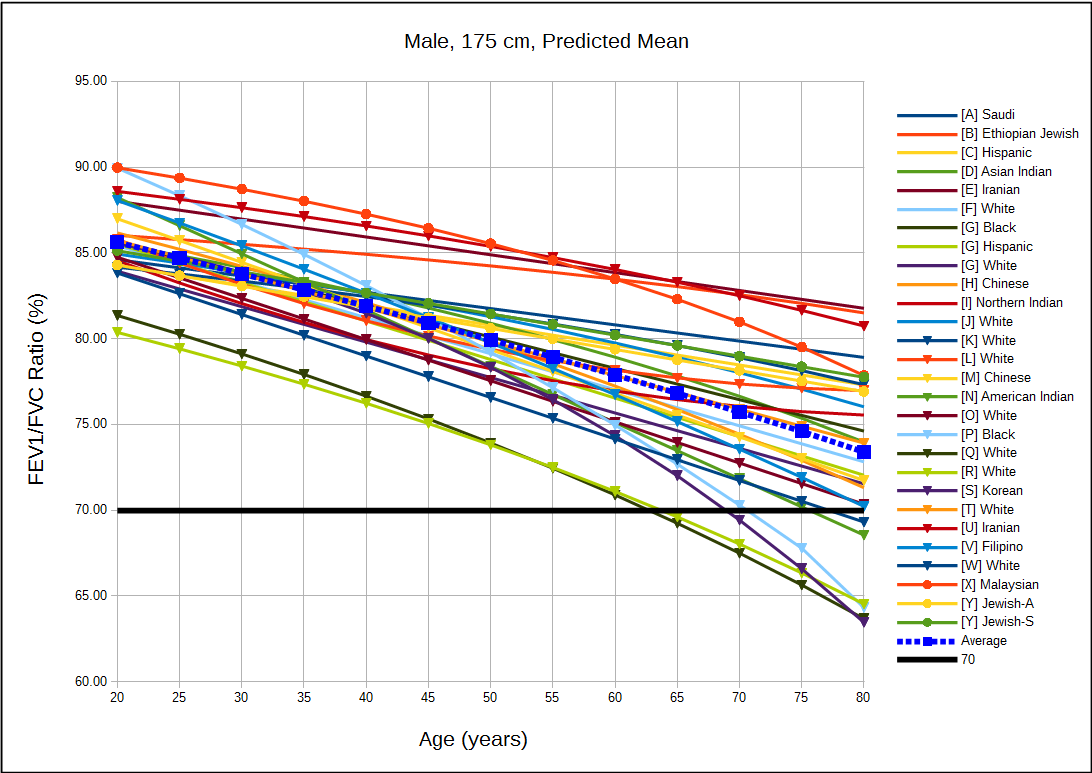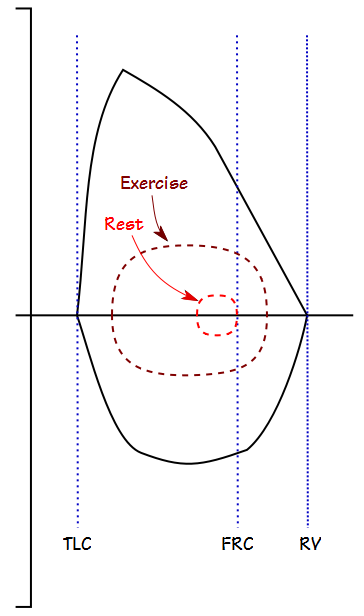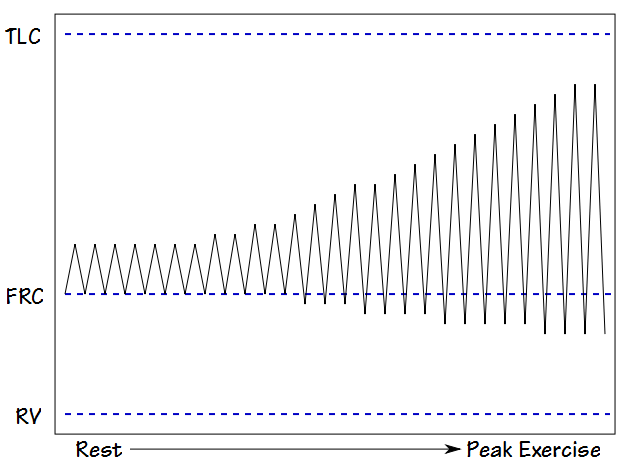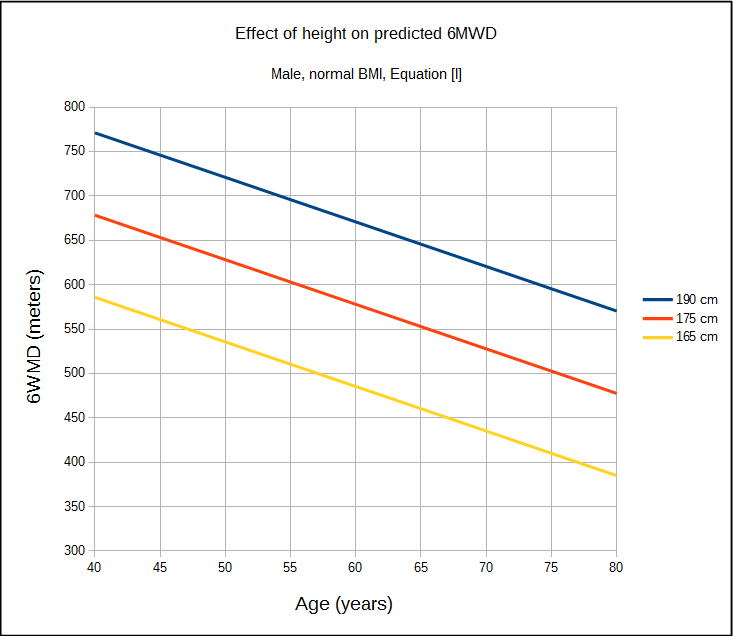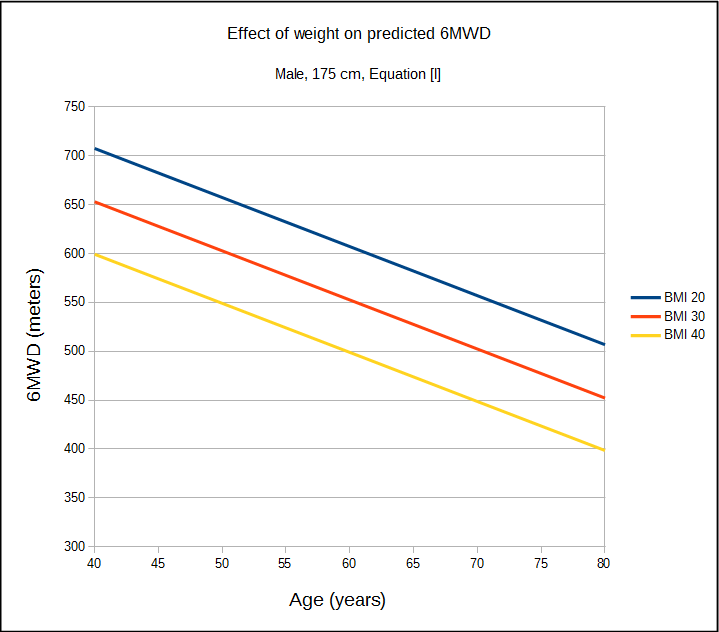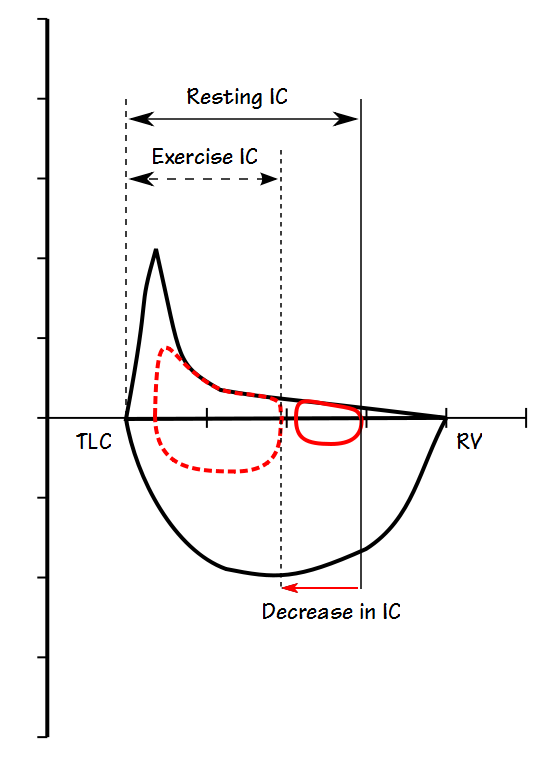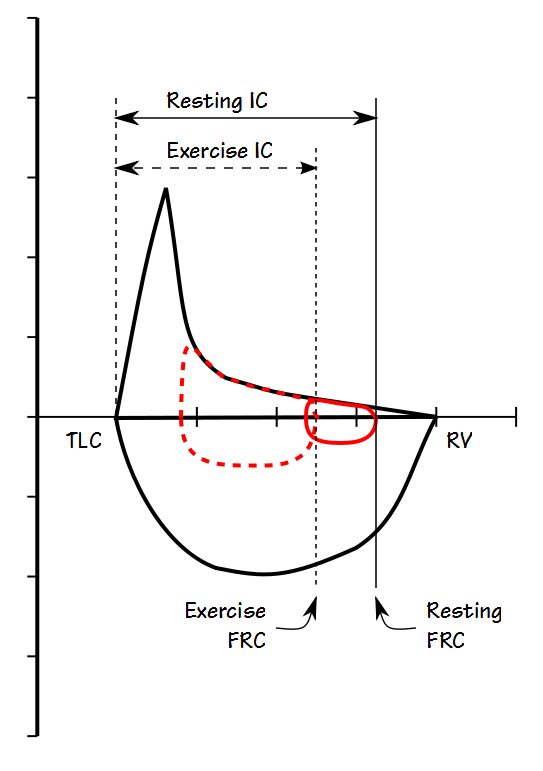Once again we’ve had some staff turnover. Rightly or wrongly, the pattern we follow in staffing the lab is to hire people with a science degree and then train them ourselves. Our hires are usually interested in a career in medicine but often haven’t decided what specifically interests them. We look for individuals with people skills on top of their education and ask for a minimum of a year’s commitment with the requirement that they get their CPFT certification by the end of the year. Sometimes our staff only stays a year, sometimes a couple years, and most of the time when they leave they go back to college for a more advanced degree and become nurses or physician assistants and occasionally even physicians (a couple of our pulmonary fellows were former PFT lab alumni).
We do this mostly because it’s very hard to find anybody with prior experience in pulmonary function testing. I’d like to say this is a recent occurrence but realistically it’s been this way for decades. One of the reasons for this is that there are no college level courses on pulmonary function testing. Although the training programs for respiratory therapists often include some course work on PFTs this is almost always a one semester lecture course with no hands-on training (when it is included at all).
Another reason is that trained individuals often do not stay in this field. This is partly because there isn’t much of a career path since the most you can usually aspire to is being a lab manager but even then I know of many small PFT labs where the manager is somebody outside the field such as a nurse or administrator with no experience in pulmonary function testing so often that isn’t even an option. Another reason though, is that the PFT Lab pay scale, although adequate, is often noticeably less than other allied health professions such as radiology techs, ultrasound techs and sleep lab techs.
Anyway, the downside of this hiring pattern is that it seems like we’re always hiring and training new staff (however untrue that may actually be). We do have a fairly good training program however, so new staff usually come up to speed and become reasonably productive in a short period of time. Even so, it takes at least a year before a new technician is reasonably proficient not just in performing the tests, but in understanding the common testing problems and errors. This is at least one reason why I spend much of my time reviewing raw test data and sending annoying emails to the lab staff.
It also means that we frequently revisit basic testing issues.
Recently, a report with a full panel of tests (spirometry, lung volumes, DLCO) came across my desk. The patient had had a full panel a half a year ago and when I compared the results between the two sets of tests there had been no significant change in FVC, FEV1 and DLCO but the TLC was over a liter higher than it had been last time.
| Jan, 2017 | June, 2016 | |||
| Observed: | %Predicted: | Observed: | %Predicted: | |
| FVC: | 2.04 | 85% | 2.38 | 97% |
| FEV1: | 0.58 | 32% | 0.62 | 34% |
| FEV1/FVC: | 28 | 38% | 26 | 36% |
| TLC: | 7.27 | 152% | 6.10 | 126% |
| FRC: | 6.16 | 222% | 4.83 | 174% |
| DLCO: | 8.12 | 51% | 8.91 | 55% |

